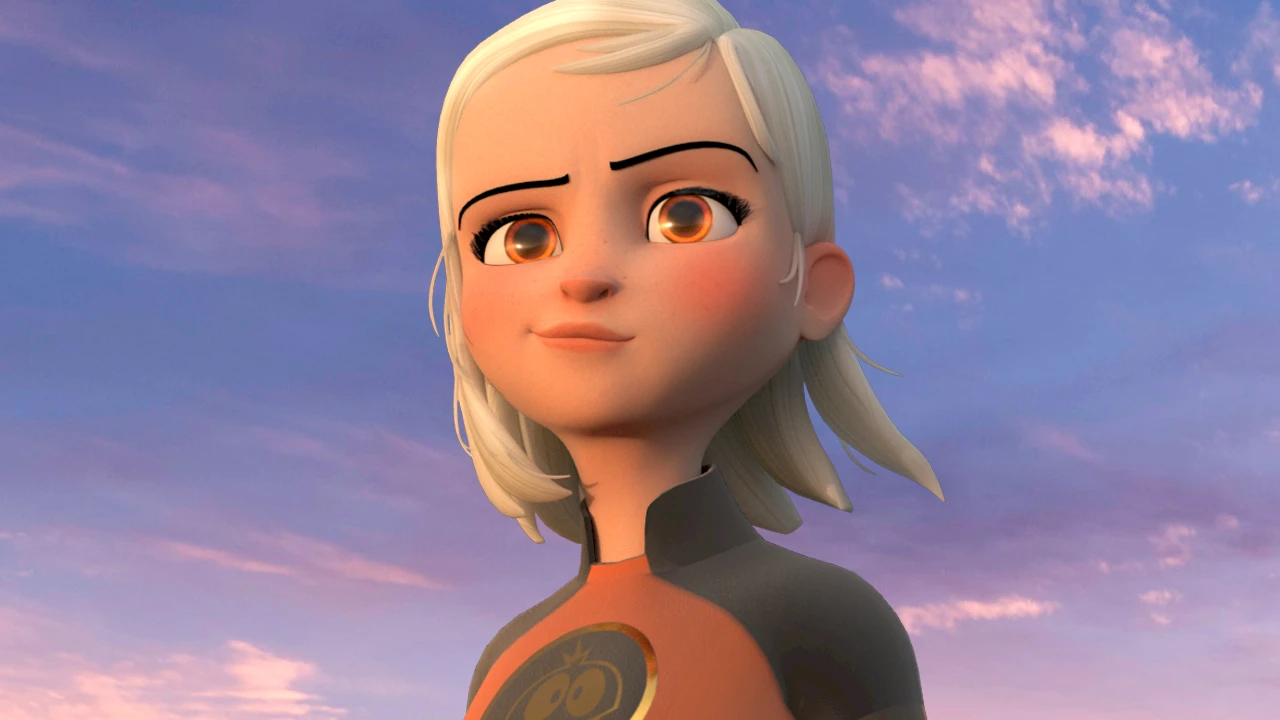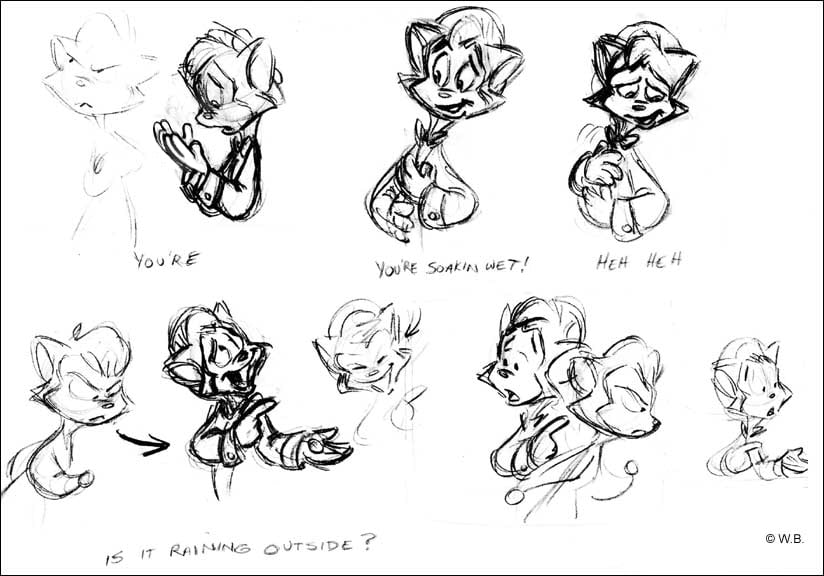
Think you don’t need drawing skills as a 3D animator? Think again! Jay Jackson—who trained under legendary Disney animator Eric Larson —explains how solid drawing skills are essential for every animation style and shares some insider tips too!
Solid drawing generally refers to the ability to render a three-dimensional character in two-dimensional space and give it weight, depth, and balance. Since the 12 Basic Principles of Animation were written before computer animation existed, the solid drawing principle is more fundamental for a traditional animator. In order to make his animation convincing, a traditional animator has to be able to draw a character from any angle. Although great draughtsmanship is not a necessity for a computer animator, an understanding of what makes a good drawing can definitely help. Maybe in this computer age, we should call this principle “Solid Poses.”
I recommend life drawing for every animator—not so much for the goal of making beautiful drawings, but to train the eye to recognize natural poses and to study how bones, muscles, and fat work together with gravity to form dynamic poses.
When I started at Disney on The Fox and the Hound, my mentor Eric Larson (one of Walt’s “Nine Old Men”) stressed that you should spend half your time planning and half your time animating, and that you shouldn’t start animating until you know exactly what you’re going to do. The fastest way to plan a scene is with thumbnail drawings—small exploratory drawings where you work out the staging and poses. You can do quite a few quick thumbnails in the time it takes to work out one good pose in Maya.
Here are some of my thumbnail drawings of Danny and Sawyer from Cats Don’t Dance:
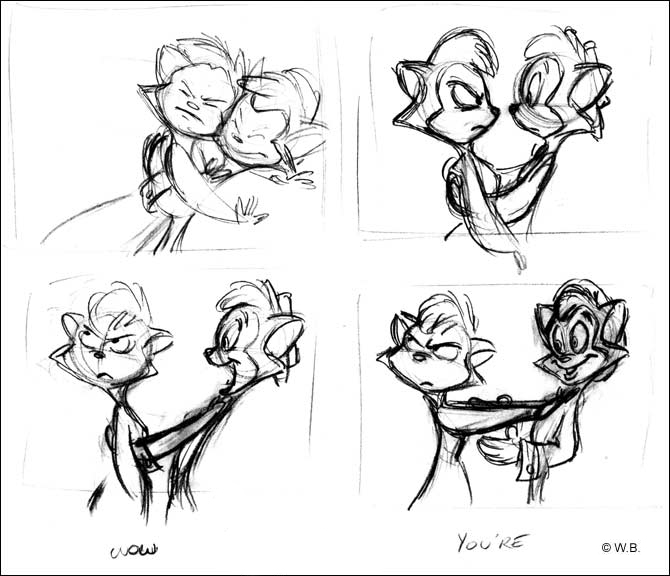




These are not the first sketches I did, by the way. My first pass is very rough— sometimes more like stick figures. Then I go back over the poses, clarifying and exaggerating them. I repeat the process until I feel that I have a strong plan for the scene. As I draw thumbnails, some of the things I’m thinking about are:
Line of Action
A strong line of action goes through the whole body, illustrates the force of the action, unifies the pose, and makes a clear statement. When possible, I try to reverse the curve of the spine from one main pose to the next. Here’s an example from a scene I animated for The Little Mermaid:
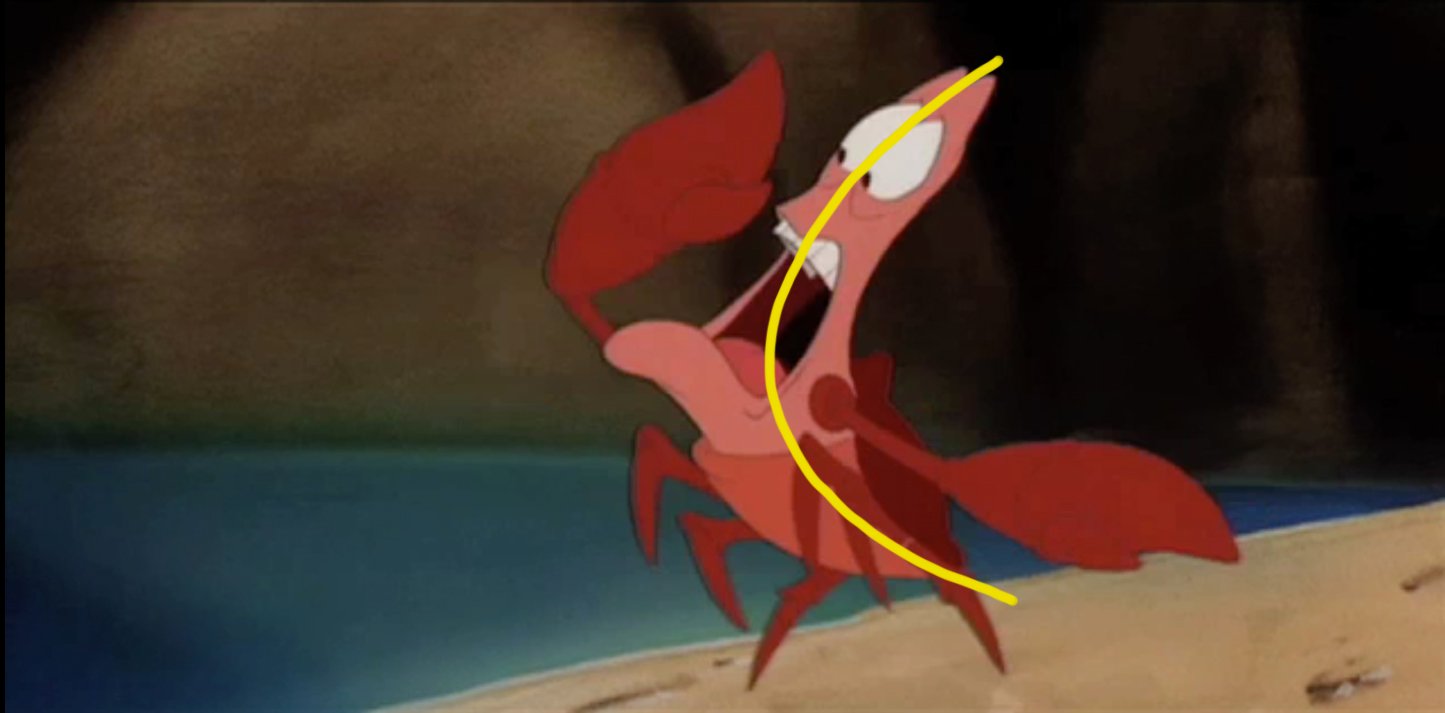

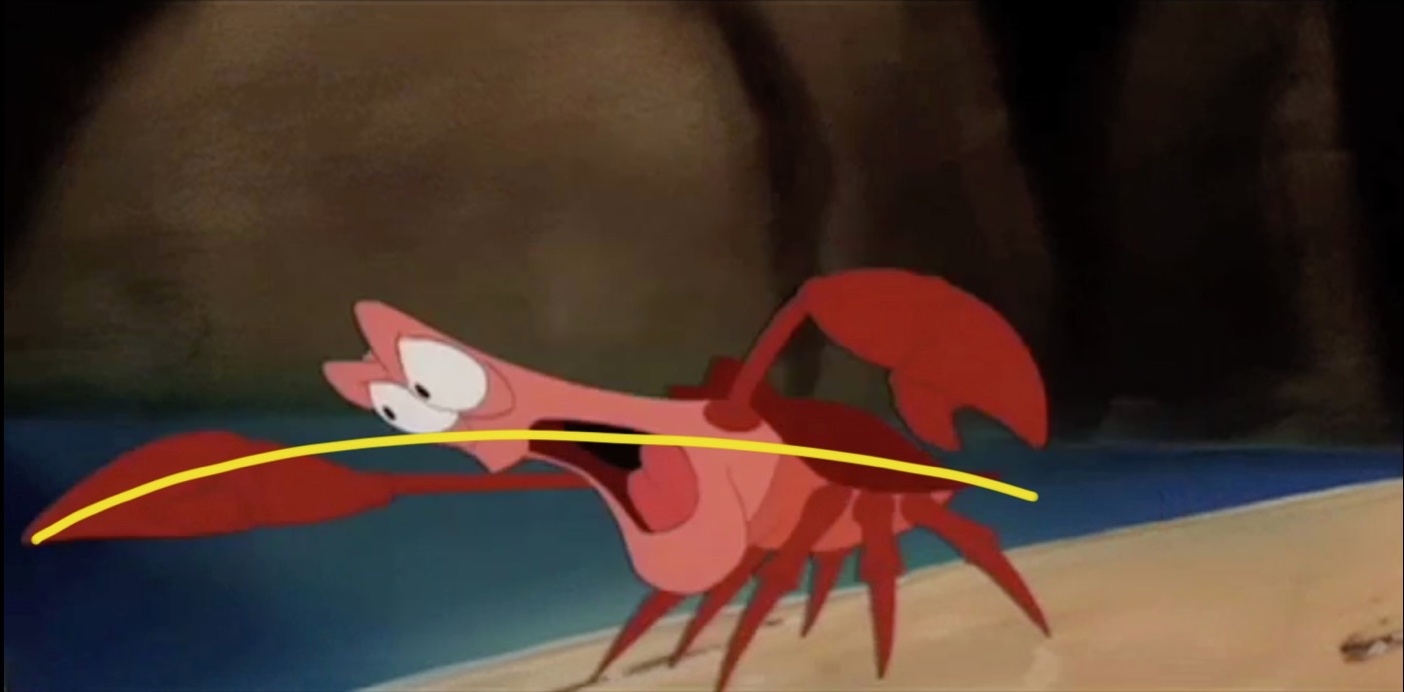

Weight and Balance
I think about the effect of gravity on the character and how he’s supporting himself. Make sure he’s in balance and isn’t on the verge of falling over, unless that’s part of the scene.
Twinning
It’s best to avoid symmetry in a pose. If the arms mirror one another, it can make the drawing look flat. Raise one arm or bring it closer to camera to make it more interesting and more dimensional. Here’s a great example from The Illusion of Life, by Frank Thomas and Ollie Johnston.
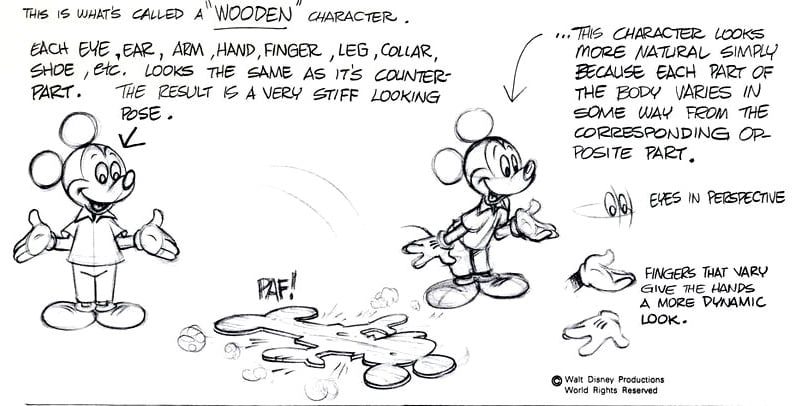

Notice that in the drawing of Mickey on the right, his head is forward and his hips are back. Keep in mind that the entire body should be involved in the pose. When creating a pose, it’s often a good idea to start with the hips or pelvis, rotating and translating the torso. In the drawing on the left, Mickey’s torso is straight and vertical, creating a very static and boring pose.
Silhouette
A clear silhouette helps the viewer to instantly understand a pose. You can get a surprising amount of information from just the silhouette—the gender, age, attitude, costume, etc. Hopefully you can recognize the character in these silhouettes:


Twists
Twisting the body tends to give more dimension and interest to the pose. This is a drawing of Timon (by me) from a Disney educational film:
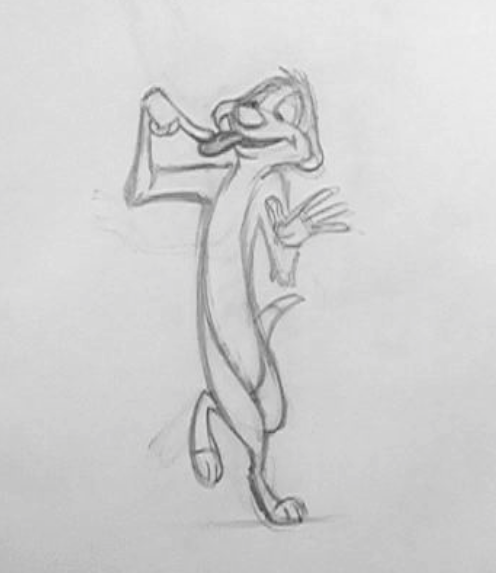

Contrapposto (counterpose in English)
When the hips tilt in one direction, the shoulders tend to tilt in the opposite direction to keep the body in balance. Wait, did I just put my cartoon drawing next to one of the greatest masterpieces of western art?
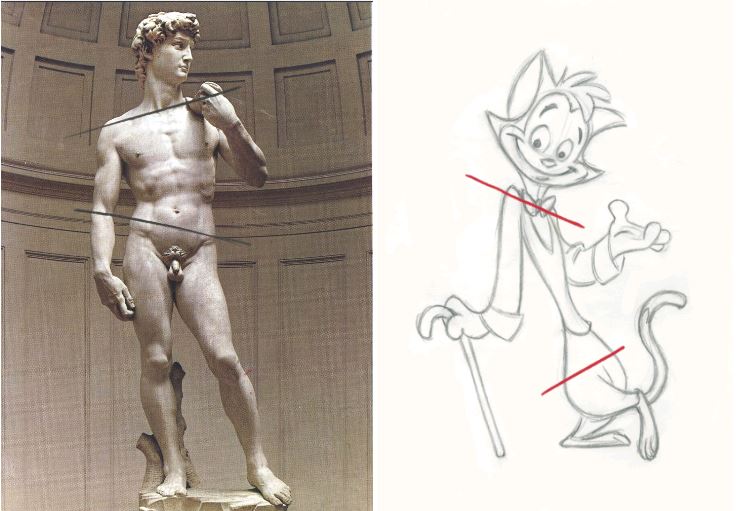

Click here to learn about the other principles!


Want to learn from professional animators?
Start your animation journey by learning with professional animators from a variety of studios and career paths! Get more information about Animation Mentor’s Character Animation Courses.




